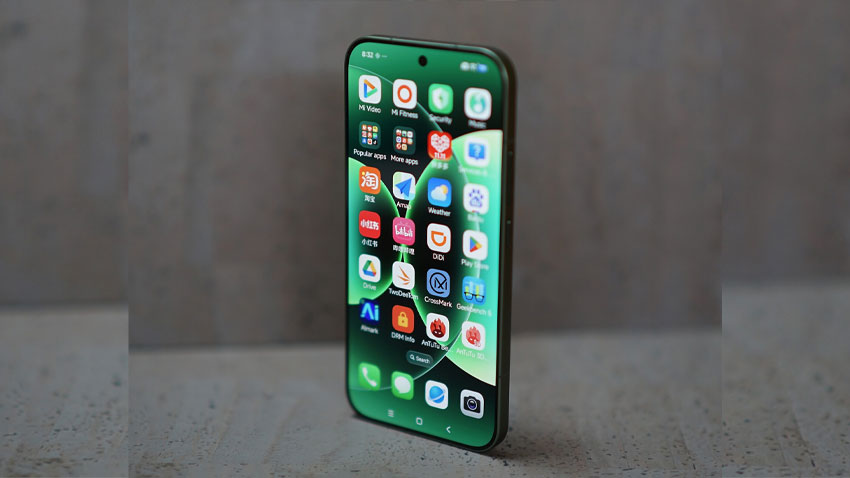
The smartphone offers a premium feel with a sturdy metal frame, almost invisible bezels, and even a small secondary display on the back — a feature rarely seen at this price point.
Under the hood, it’s powered by the Qualcomm Snapdragon 8 Elite Gen 5 processor, making it fast enough to compete with flagships from Samsung and Apple. The standout feature, though, is its 7,000 mAh battery, which lasts impressively long despite the phone’s slim, lightweight body.
Xiaomi seems to have designed this model to rival big names — even borrowing the “Pro Max” label from Apple. But here’s the catch: the Xiaomi 17 Pro Max is not officially available in Europe or the US and can only be bought through import retailers such as TradingShenzhen.
At TradingShenzhen, the version with 1 TB storage and 16 GB RAM is priced at around Rs337,200 ($1,200) — significantly lower than the cheapest iPhone 17 Pro Max or Samsung Galaxy S25 Ultra, both priced above $2,000.
Read more: Meta shows strong interest in Pakistan’s booming digital economy – Will it create jobs?
However, buying it as an import has its downsides. Customers don’t get local warranty coverage, import duties may apply, and the phone’s Chinese software limits some functions. For instance, there’s no eSIM support, Android Auto doesn’t work properly, and English is the only available Western language.
Despite these restrictions, experts say the Xiaomi 17 Pro Max delivers outstanding performance and battery life, making it a strong contender among premium smartphones for tech-savvy users willing to handle the trade-offs.
The Xiaomi 17 Pro Max shows how fast Chinese brands are catching up with — and sometimes surpassing — global giants. It proves that top-tier performance doesn’t always need to come with a sky-high price tag. Yet, limited availability and software restrictions might hold it back from becoming a true global game-changer.




